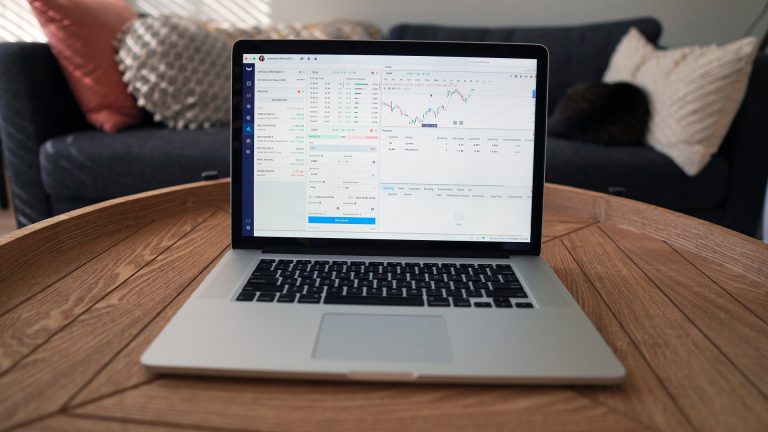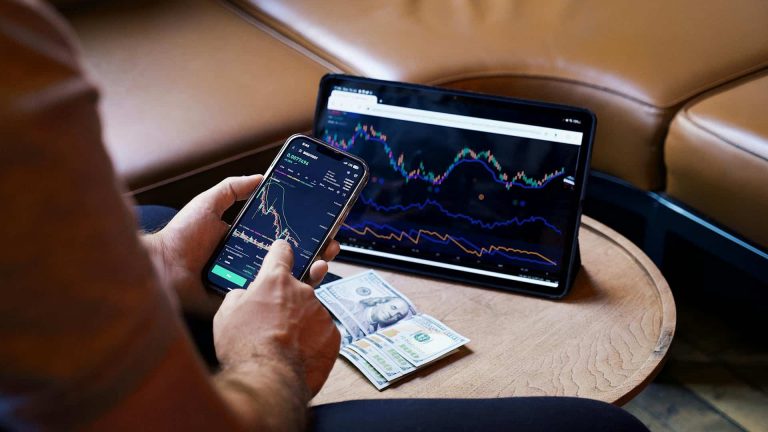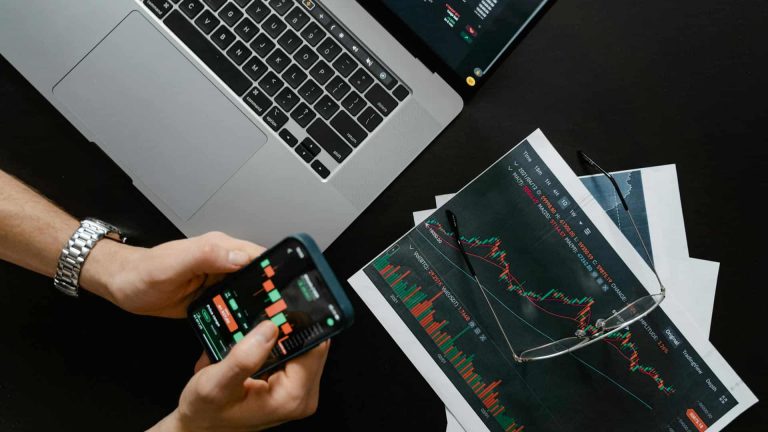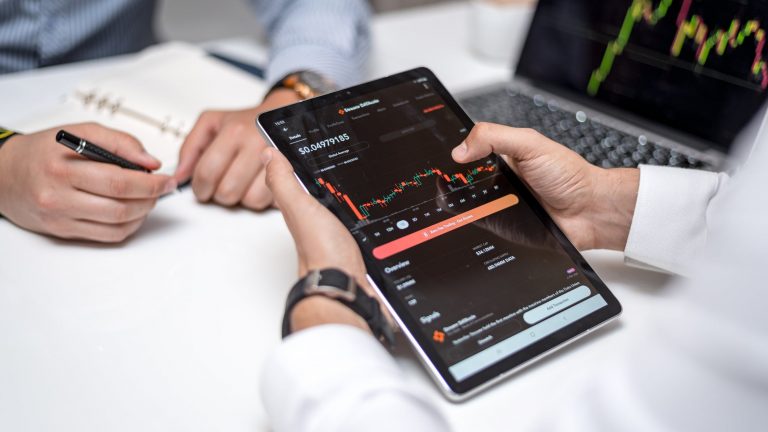Commonly referred to as contracts for difference (CFDs), trading derivatives can be high-risk investments without proper research and risk management. We’ll explore some of the risks associated with CFD trading and offer tips on mitigating them. Understanding the risks involved and employing sound risk management techniques can reduce your chances of incurring substantial losses while trading CFDs.
What is CFD trading, and how does it work?
A contract for difference (CFD) is a type of financial derivative that allows investors to speculate on the price movement of an underlying asset without actually owning the asset itself. CFDs are traded on margin, meaning you only need to put down a small deposit, known as the margin, to open a position. It allows you to control a much more significant investment with a relatively small amount of capital.
For example, let’s say you wanted to trade shares in ABC Corporation but didn’t have the $50,000 needed to buy 100 shares outright. With a CFD broker, you could open a position worth $50,000 by putting down just $500 as margin. So, if the share price of ABC Corporation rose by 5%, your position would be worth $52,500, and you would have made a profit of $2,500. Similarly, if the share price fell by 5%, your position would be worth $47,500, and you would have incurred a loss of $2,500.
CFD trading is a popular way to speculate on the price movements of financial markets because it allows investors to trade with leverage. However, while profits are magnified, so are losses.
The risks associated with CFD trading
Therefore, while CFD trading can be a lucrative investment, it’s essential to be aware of the risks involved before you start trading.
Volatility
The prices of CFDs are based on the underlying asset’s price movements, which means that they are subject to the same market forces as the underlying asset. It makes CFDs highly volatile and risky investments. For example, if you were long on a CFD based on shares in XYZ Corporation and the share price fell by 10%, your position would lose 10% of its value.
Leverage
As mentioned earlier, leverage allows you to control a much more significant investment with relatively small capital. While this can magnify profits, it can also amplify losses. For example, if you were long on a CFD based on shares in XYZ Corporation and the share price fell by 10%, your position would lose 10% of its value. However, if you had traded with 10-to-1 leverage, your position would lose 100% of its value.
Market risk
CFDs are subject to the same market forces as the underlying asset, which means that they are subject to the same economic, political, and market risks. For example, if you were long on a CFD based on shares in XYZ Corporation and there was a recession, the share price would likely fall.
Fat finger error
With CFD trading, you are dealing directly with the market maker, which means there is a risk of human error when executing trades. For example, if you were long on a CFD based on shares in XYZ Corporation and the trader mistakenly entered a sell order for 10,000 instead of 100 shares, you would lose 10% of your position.
How to mitigate the risks of CFD trading
There are many ways to mitigate the risks associated with CFD trading.
Use stop-loss orders- A stop-loss order is an order to sell a security when it reaches a specific price, and it can help you limit your losses if the market moves against you.
Use limit orders- A limit order is an order to buy or sell a security at a specific price, and it can help you lock in profits if the market moves in your favour.
Trade with a reputable broker- It’s essential to trade with a reputable and regulated broker. It will ensure that your broker is financially stable and that your funds are protected.
Manage your risk- It’s essential to manage your risk by only investing a small percentage of your capital in each trade, and it will help you limit your losses if the market moves against you.
Use a demo account- A demo account is a great way to practice trading without putting your capital at risk.
Educate yourself- It’s essential to educate yourself about the risks involved in CFD trading before starting trading. You can find information about CFD trading online, in books, and from brokerages.




